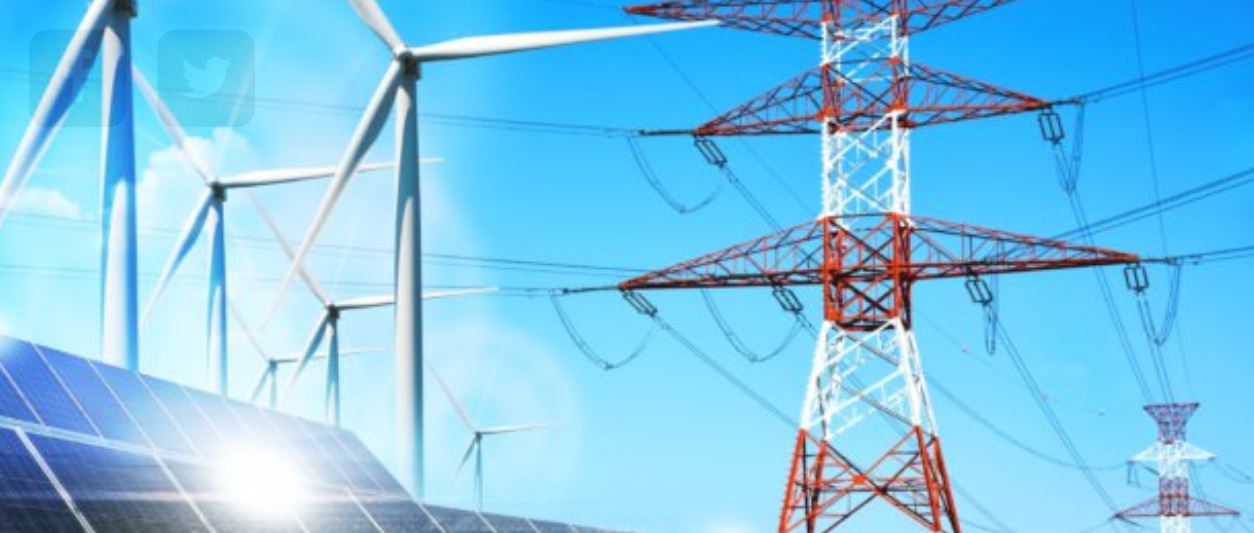The Federal Energy Regulatory Commission is taking comments on ways to limit the damage that renewables can do to grid reliability. See my https://www.cfact.org/2022/12/27/ferc-considers-constraining-renewables/.
FERC has no control over what power generators get built, that is a State function. But they do have a say in what is hooked into the grid, which is called interconnection. Reliability starts with interconnection approval.
It is all a bit murky, but interconnection approvals seem to be in the hands of the independent system operators, under some sort of FERC authority. For example, PJM (the biggest ISO) recently asked FERC for permission to implement a two year moratorium on grid scale solar hookups.
The big reliability problem is that States and their regulated utilities are in a rush to shut down what are called “dispatchable” power plants. This means plants that can generate juice when it is needed, especially coal, nuclear and gas powered plants.
The States and utilities are hot to replace this dispatchable iron with wind and solar generation, which only produces power when the weather is right, not when it is needed. These are called intermittent generators.
Obviously intermittent generators need dispatchable generators as backup, to provide the needed power when the weather is not right (including every night for solar). Energy storage via batteries and such would also do the job but it is impossibly expensive. See my https://www.cfact.org/2022/12/15/astronomical-battery-cost-looms-over-renewables/.
Given this background my basic idea is pretty simple. FERC should implement this simple rule:
Proposed FERC rule: In order to be approved for interconnection an intermittent generator must have sufficient backup.
There are two fairly hairy technical issues here, that FERC, NERC and the ISO’s will have to solve. What does it mean to have backup, and what is sufficient backup?
One simple approach to having the required backup might be for the interconnecting utility to certify it. However, in the case of many of the thousands of municipal and rural electric cooperatives, they do not have any dispatchable generation. They often depend on the local big utility for generation. In those cases the certification might have to be multi-utility.
There is something of a precedent here. My understanding is that FERC will not approve a pipeline until there is some sort of certification by enough potential users.
How much backup is sufficient involves availability over time, as well as amount. Given the weather dependency of renewables this probably depends on local weather conditions.
No solar at night is a given but in most of the country there can also be protracted cloudy periods. In some places these cloudy periods can be very long, in others not so much.
Wind droughts are common pretty much everywhere. In fact extreme temperatures are often periods of wind too low to generate power.
Reliable generating capacity requires meeting the worst reasonably likely case. This case should define what constitutes sufficient backup. Recent research suggests that hour by hour weather projections will be necessary in order to find the proper certification requirements.
FERC’s comment request also includes planning for renewables. Our proposed backup requirement might lead to more careful planning than we are presently seeing. Utilities would not rush to shut down dispatchable generators if it meant they could not add renewables.
In fact the kind of analysis needed in order to define sufficient backup amounts to part of basic planning. Another big part of planning is to project the potentially greatly increased need for power given the rush for widespread electrification of things like transport and gas heat.
Electrification well might require the use of a lot of dispatchable generating capacity, leaving little available to meet the backup requirements for new renewables. In this sense electrification and the transition to renewables may well be conflicting goals.
The basic idea is very simple; do not add renewables without sufficient backup. FERC can make this a reliability rule for the grid.
